Deputy Prime Minister Tran Hong Ha proposed to innovate the thinking of agricultural land and rice land management towards a comprehensive approach to food security, technological innovation, and climate change adaptation.
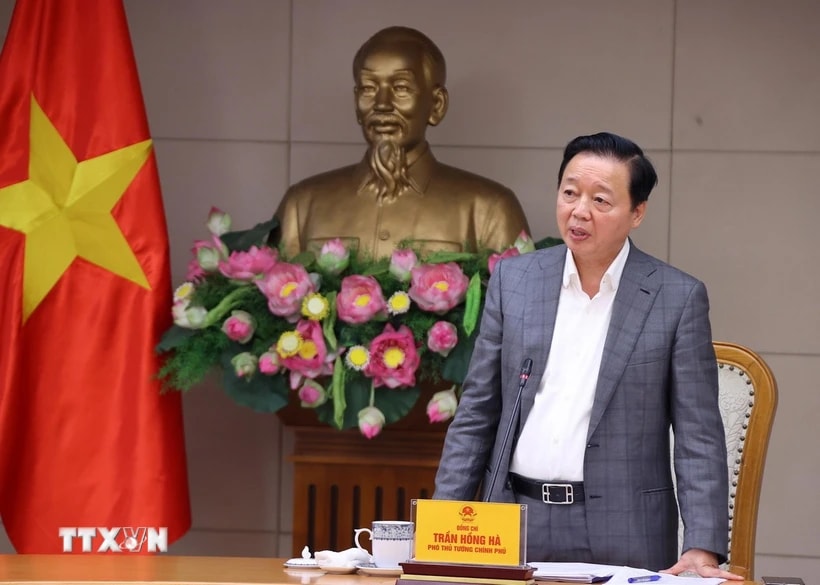
On the morning of March 28, at the Government Headquarters, Deputy Prime Minister Tran Hong Ha chaired a meeting with ministries, branches, and experts; connecting online with localities on the plan to adjust the National Land Use Planning for the 2021-2030 period, with a vision to 2050.
Strong local decentralization
The Deputy Prime Minister stated that in the context of streamlining the organizational apparatus, changing administrative boundaries, aiming for double-digit growth... there is a requirement to change the approach, basis, and thinking with the previous development space for the National Land Use Plan; as a foundation and orientation for adjusting national, regional, local sectoral plans, urban and rural construction...
National land use planning must be dynamic, open and long-term forecasting, clearly and firmly identifying issues that need to be controlled and managed, but definitely not leaving it to “not knowing, not being able to manage, then banning”; at the same time, creating space for development and creativity for localities in the spirit of “locality decides, locality acts, locality takes responsibility.”
Taking note of the comments made at the meeting, Deputy Prime Minister Tran Hong Ha highly appreciated the initiative of the Ministry of Agriculture and Environment as well as the participation of ministries, branches and localities in developing a plan to adjust the National Land Use Planning for the 2021-2030 period, with a vision to 2050.
The Deputy Prime Minister requested the Ministry of Agriculture and Environment to continue to preside over and work with ministries, branches and localities to unify plans to adjust land use targets; calculate the transitional period for using land use planning and plans when the district level is abolished as well as the responsibilities, authority and tasks of provincial and communal authorities; and mechanisms and principles for adjusting land use targets in case localities complete the merger.
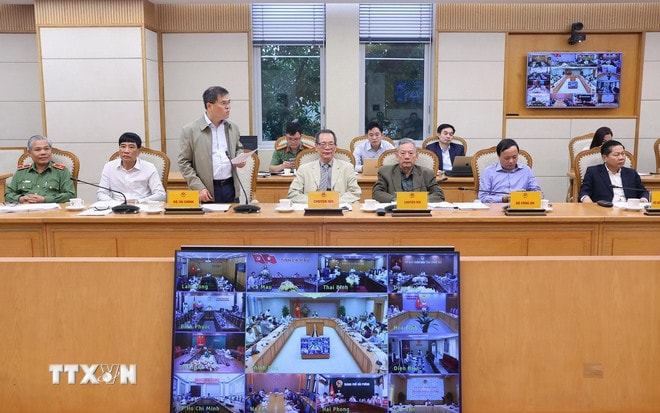
“This planning demonstrates a strong spirit of decentralization to localities, integration with other planning, and taking construction planning as the center,” said the Deputy Prime Minister.
Regarding agricultural land, the Deputy Prime Minister proposed to innovate the thinking of managing agricultural land and rice land towards a comprehensive approach to food security, technological innovation, and climate change adaptation when considering adjusting and converting rice land to aquaculture, vegetable and fruit tree cultivation with higher economic efficiency.
The Deputy Prime Minister requested to review and consider criteria for classifying forestry land that is growing industrial crops with land covered by forests and protecting the environment to manage it in the direction of converting forestry land into production areas; at the same time, the allocation of industrial land targets must be accompanied by principles of arrangement, private land, and more effective use.
The Deputy Prime Minister also noted that when adjusting the National Land Use Plan, there should be an open and flexible mechanism to adjust land use targets to serve urgent projects in the Mekong Delta that cannot be predicted; a mechanism to supplement the national land use plan for land areas formed from sea encroachment activities; decentralization to localities to proactively mobilize resources to renovate and restore polluted and abandoned land areas...
Reasonable allocation, economical, effective
Previously, reporting at the meeting, Deputy Minister of Agriculture and Environment Le Minh Ngan said that the goal of adjusting the National Land Use Plan is to allocate land resources reasonably, economically and effectively; at the same time, prioritize the development of a synchronous infrastructure system, industry, services, urban development, maintain a reasonable area of rice-growing land to ensure national food security, and flexibly convert low-efficiency land areas.

Along with that is ensuring land use needs to implement socio-economic development goals and targets in the 2026-2030 period, in which the growth target of 8% or more is achieved in 2025 and the growth in the 2026-2030 period continuously reaches double digits; GDP per capita by 2030 reaches 8,500 USD, the proportion of processing and manufacturing industry reaches about 28-30% of GDP.
The adjustment aims to continue reclamation, restoration, sea encroachment, and putting unused land into use; limit land degradation; improve and restore degraded land areas in association with environmental protection and sustainable development.
It is expected that by 2030, the area of agricultural land will be 26,782.12 thousand hectares (a decrease compared to the approved plan of 949.92 thousand hectares). Of which, rice land will be 3,341.80 thousand hectares (a decrease of 213.79 thousand hectares), providing 39.47 million tons of rice/year compared to the low demand for ensuring food security by 2030 of 33.73 million tons of rice/year.
Forestry land remains at 15,502.07 thousand hectares (down 347.70 thousand hectares), ensuring a forest coverage rate of 46.78%, 4.78% higher than the target set in the Resolution of the 13th Party Congress (42%). The non-agricultural land group by 2030 is 5,833.25 thousand hectares, an increase of 936.77 thousand hectares.
At the meeting, leaders of several ministries, branches and localities said that it is necessary to stipulate a transitional period allowing the use of existing urban and rural construction plans, during the calculation and readjustment of socio-economic development plans after completing the consolidation, merger and rearrangement of provincial and commune-level administrative units, and abolishing the district level.
Some delegates emphasized that the approach to adjusting national land use planning is very important to ensure dynamism and openness. Therefore, it is necessary to strongly decentralize and empower localities; the Central Government only manages and controls a number of important indicators (rice land, forest land, national defense and security land, etc.)
Some experts suggested clearly defining areas to keep rice land, having criteria to determine the area of rice land to be converted; at the same time, it is necessary to continue to innovate thinking about ensuring food security./.
Source: https://daidoanket.vn/quy-hoach-su-dung-dat-quoc-gia-phai-mang-tinh-dong-mo-va-du-bao-dai-han-10302475.html



![[Photo] A brief moment of rest for the rescue force of the Vietnam People's Army](https://vstatic.vietnam.vn/vietnam/resource/IMAGE/2025/4/3/a2c91fa05dc04293a4b64cfd27ed4dbe)
![[Photo] Prime Minister Pham Minh Chinh chairs meeting after US announces reciprocal tariffs](https://vstatic.vietnam.vn/vietnam/resource/IMAGE/2025/4/3/ee90a2786c0a45d7868de039cef4a712)
![[Photo] Special relics at the Vietnam Military History Museum associated with the heroic April 30th](https://vstatic.vietnam.vn/vietnam/resource/IMAGE/2025/4/3/a49d65b17b804e398de42bc2caba8368)
![[Photo] General Secretary To Lam receives Japanese Ambassador to Vietnam Ito Naoki](https://vstatic.vietnam.vn/vietnam/resource/IMAGE/2025/4/3/3a5d233bc09d4928ac9bfed97674be98)
![[Photo] Moment of love: Myanmar people are moved to thank Vietnamese soldiers](https://vstatic.vietnam.vn/vietnam/resource/IMAGE/2025/4/3/9b2e07196eb14aa5aacb1bc9e067ae6f)

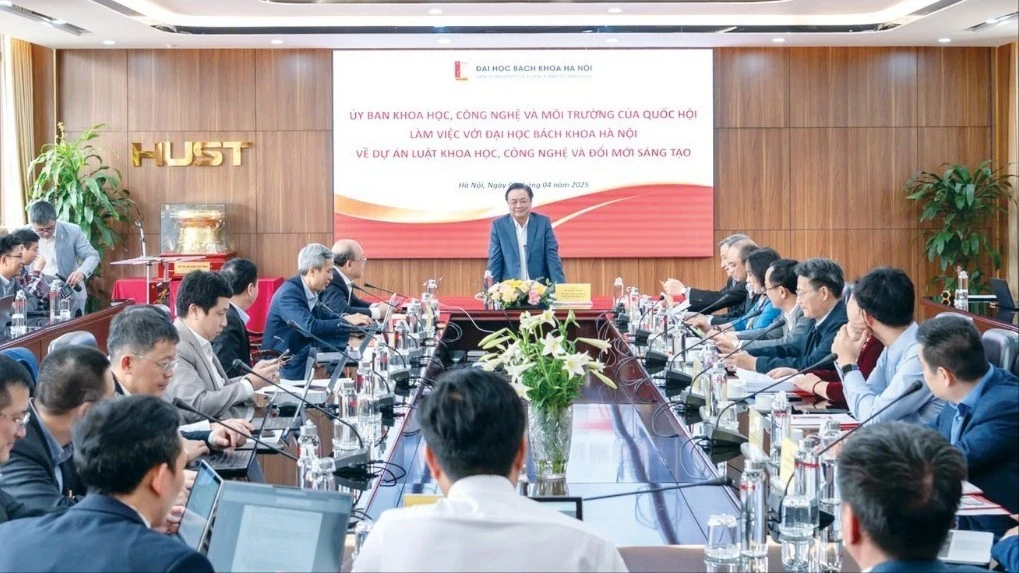


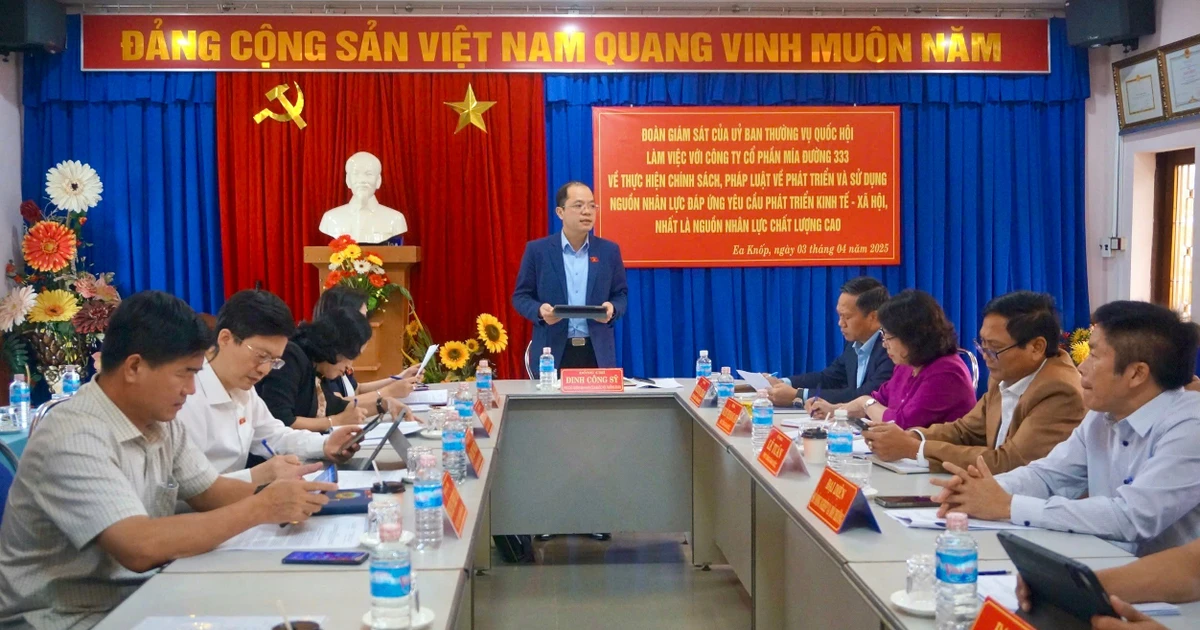
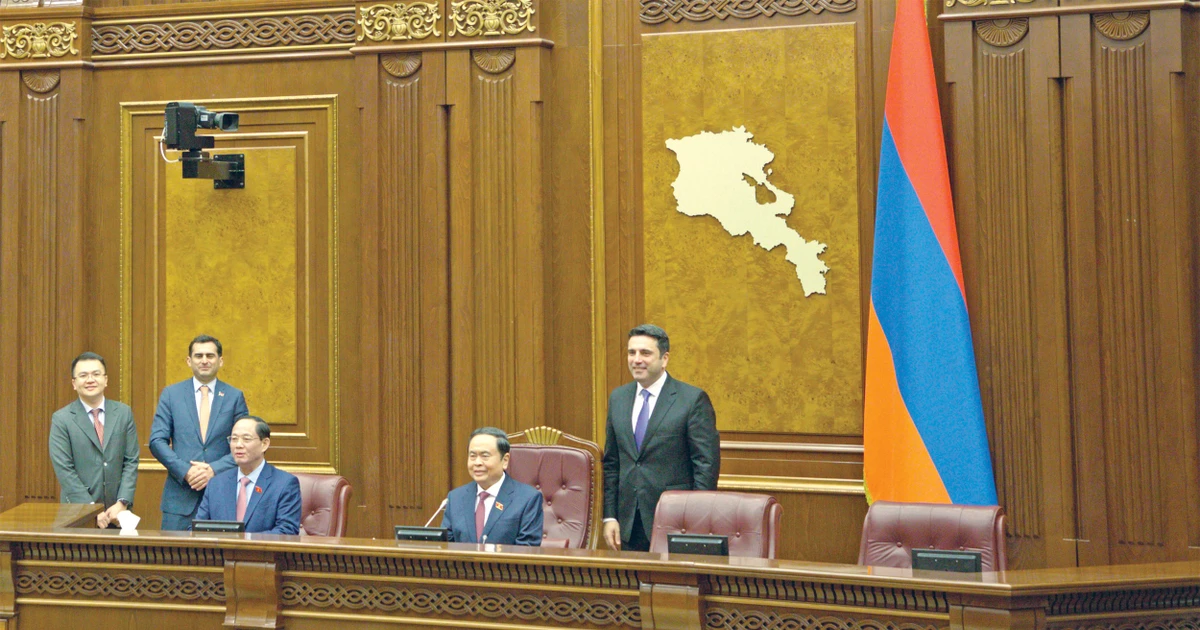





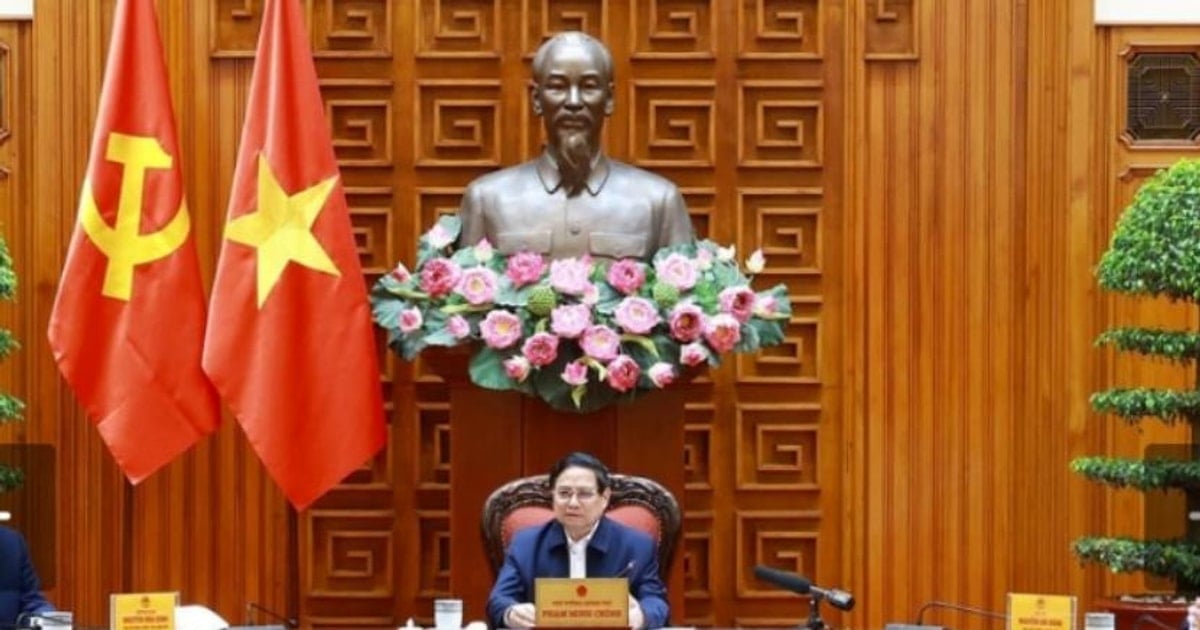
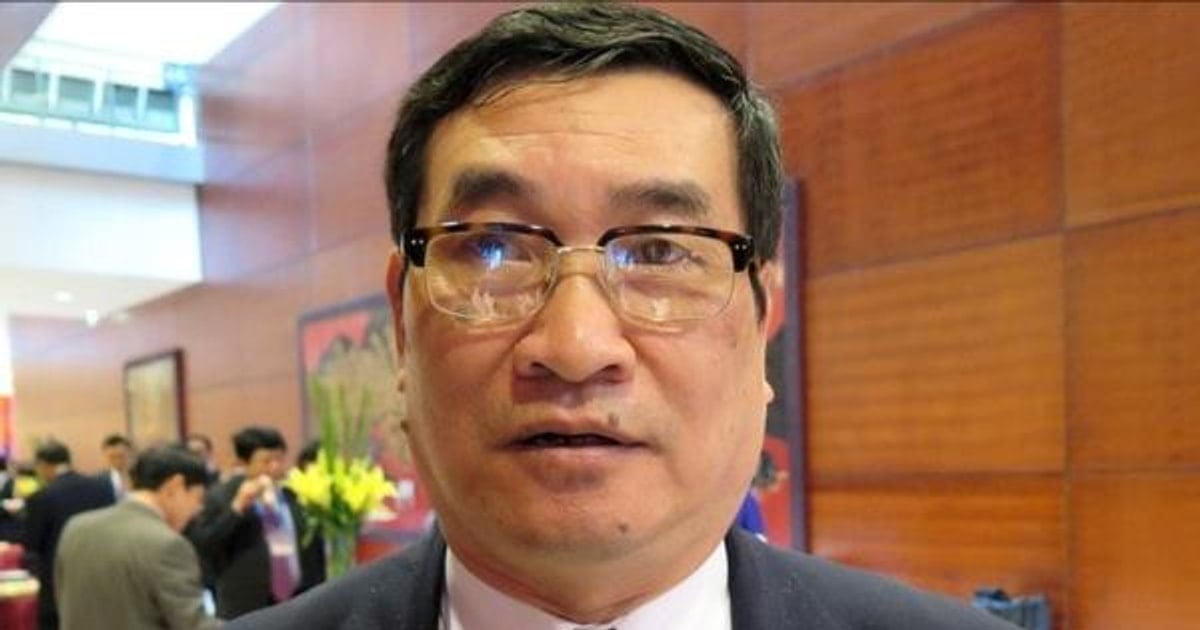
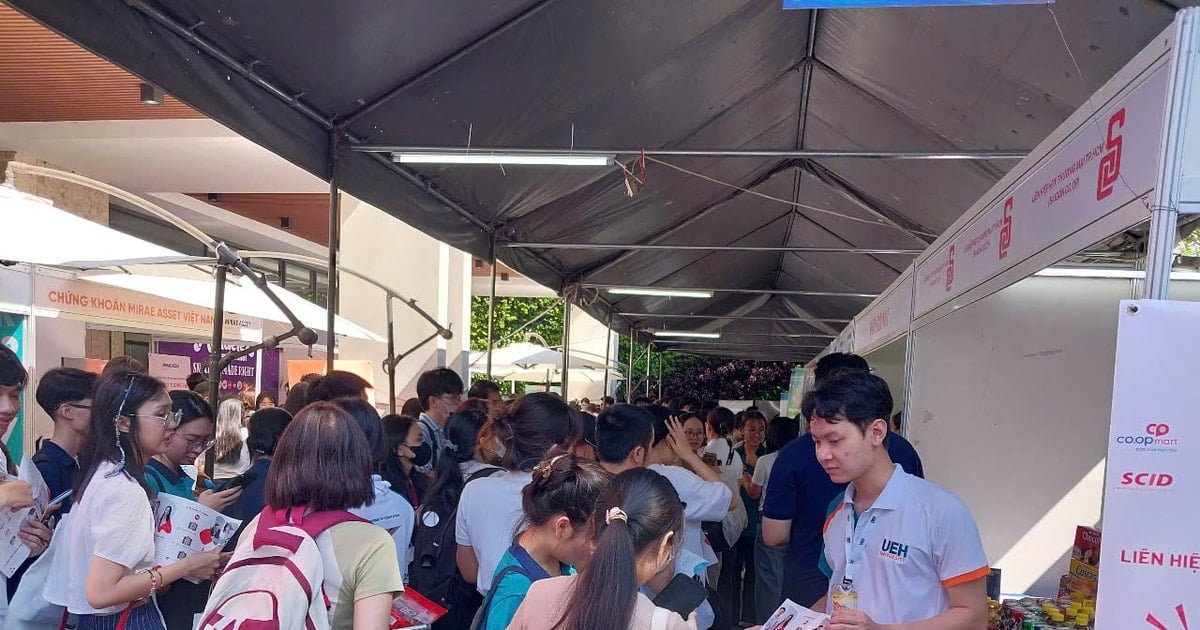
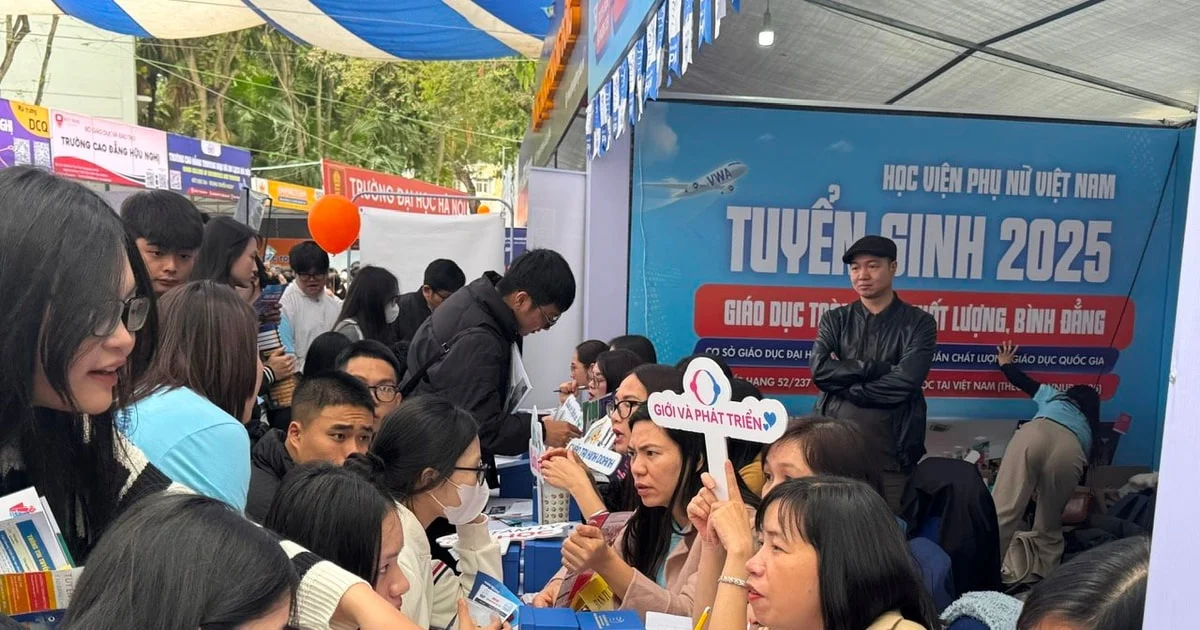
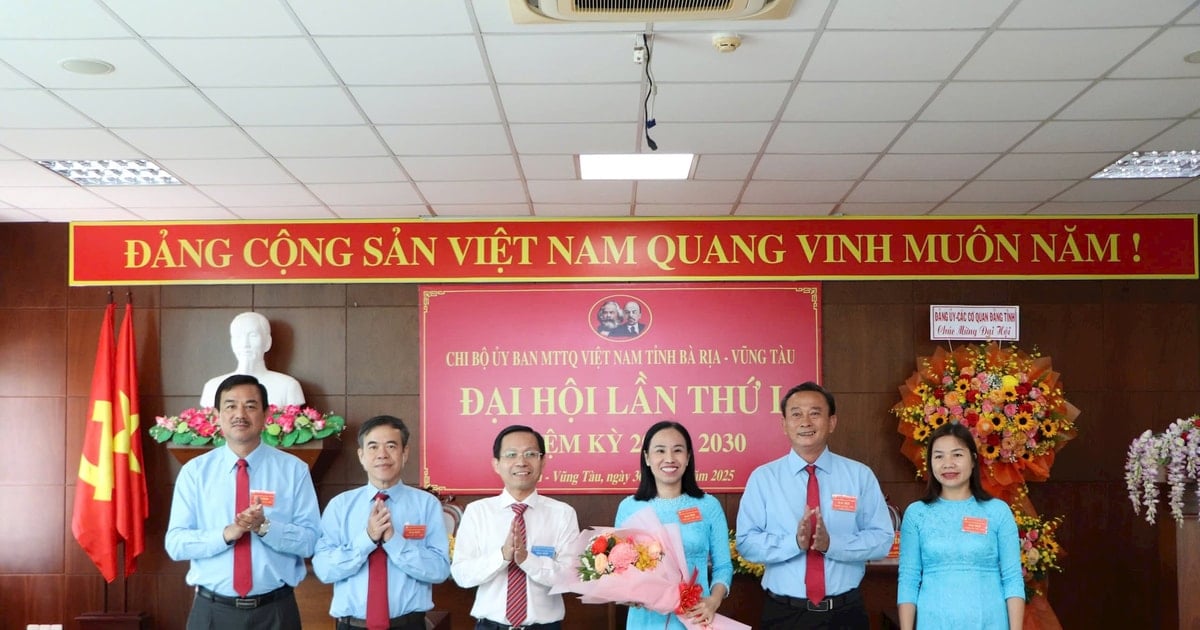






































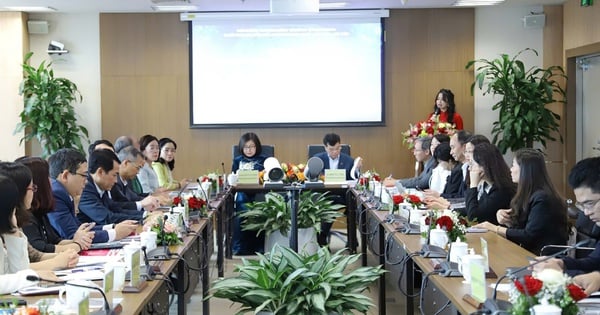




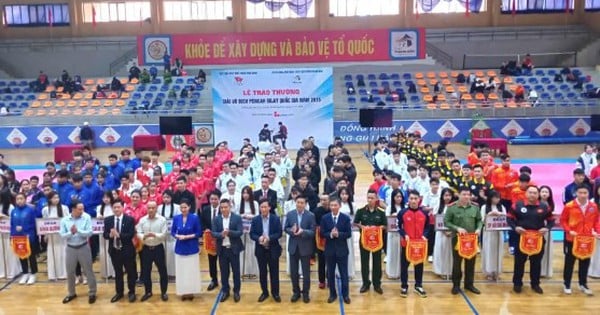
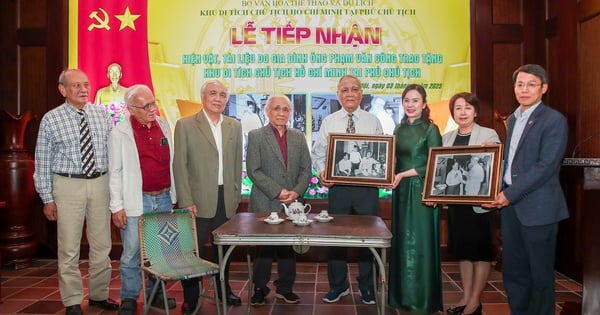
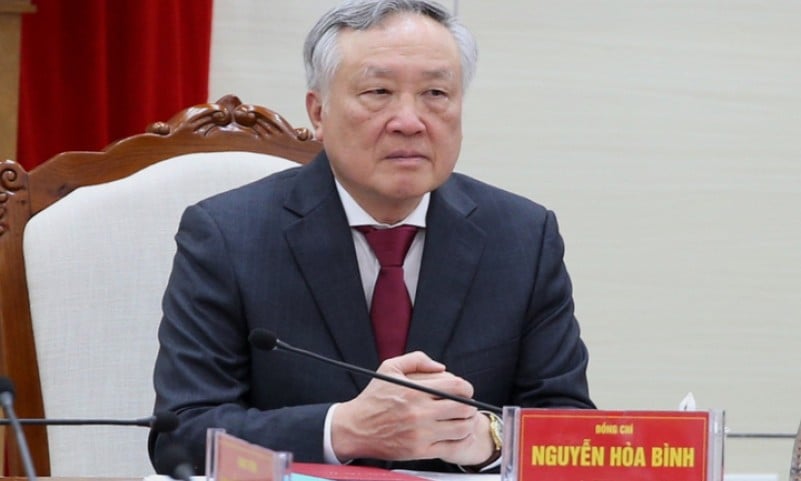
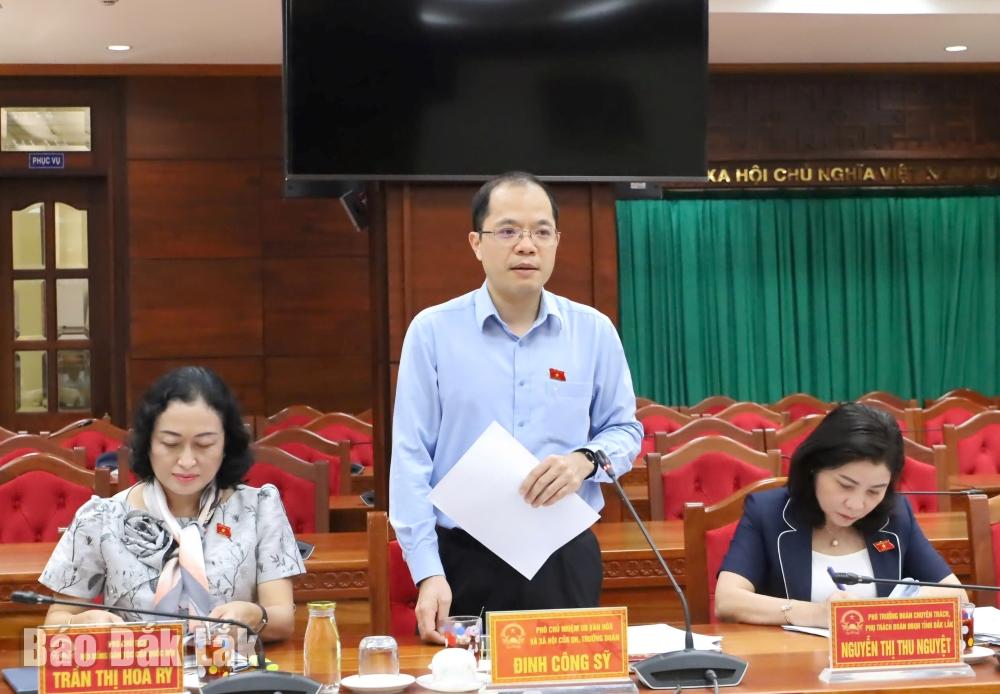

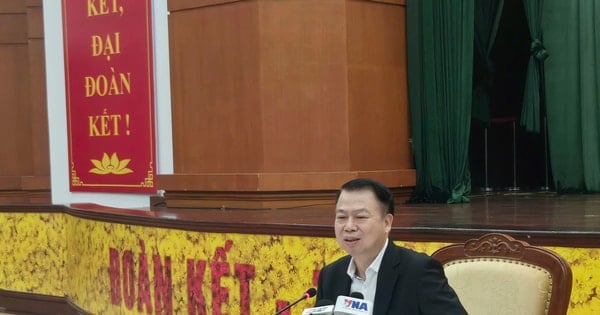

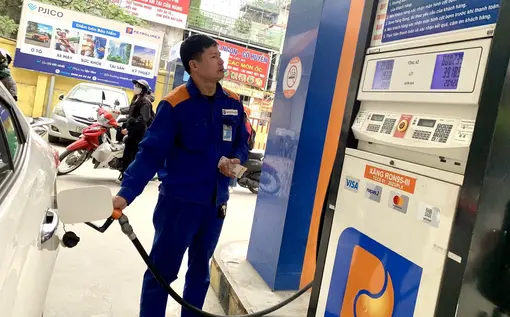














Comment (0)